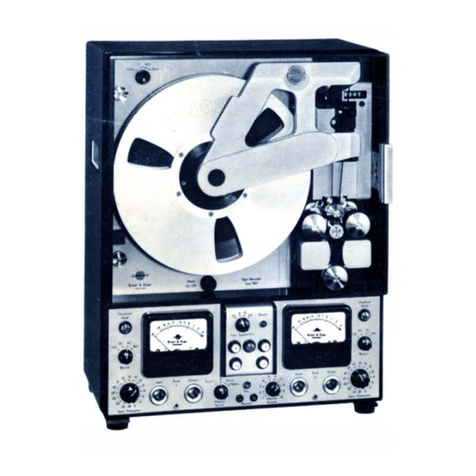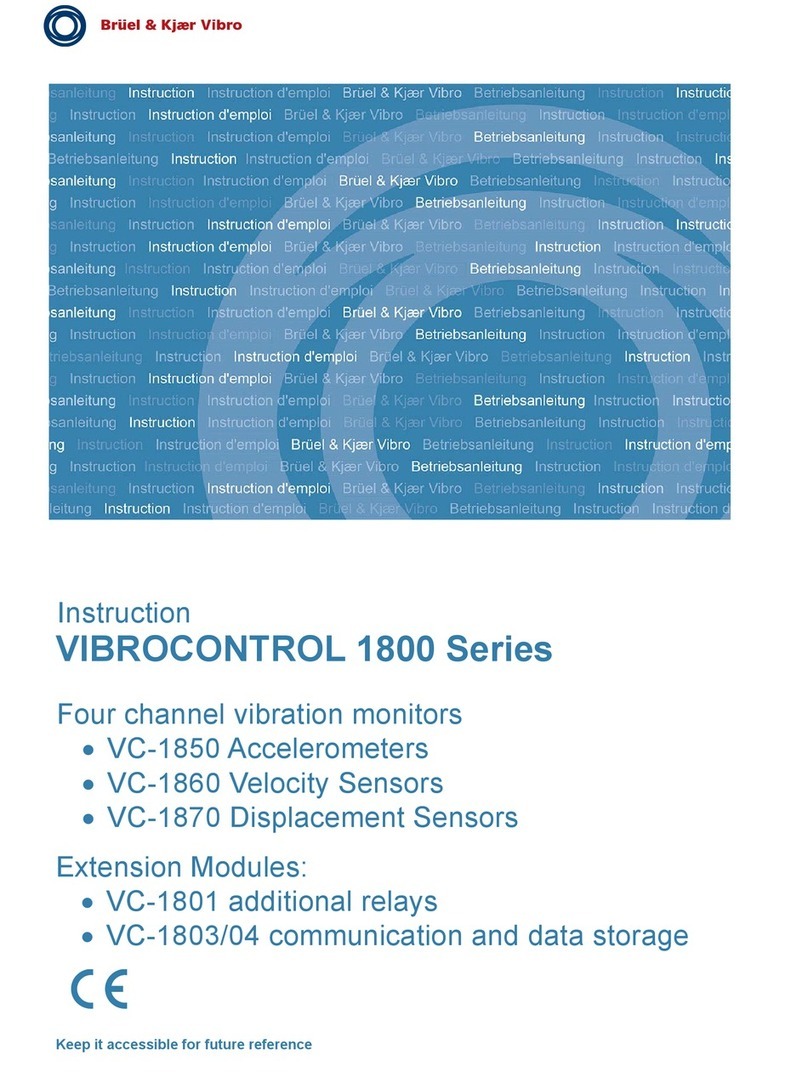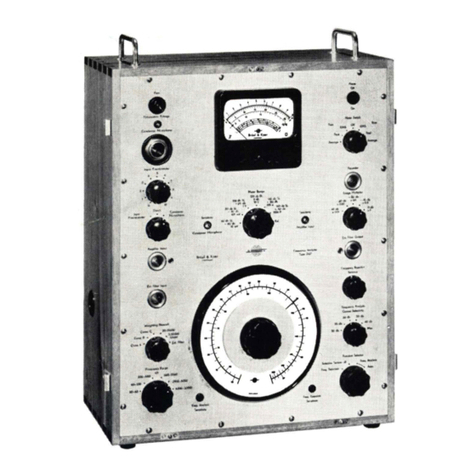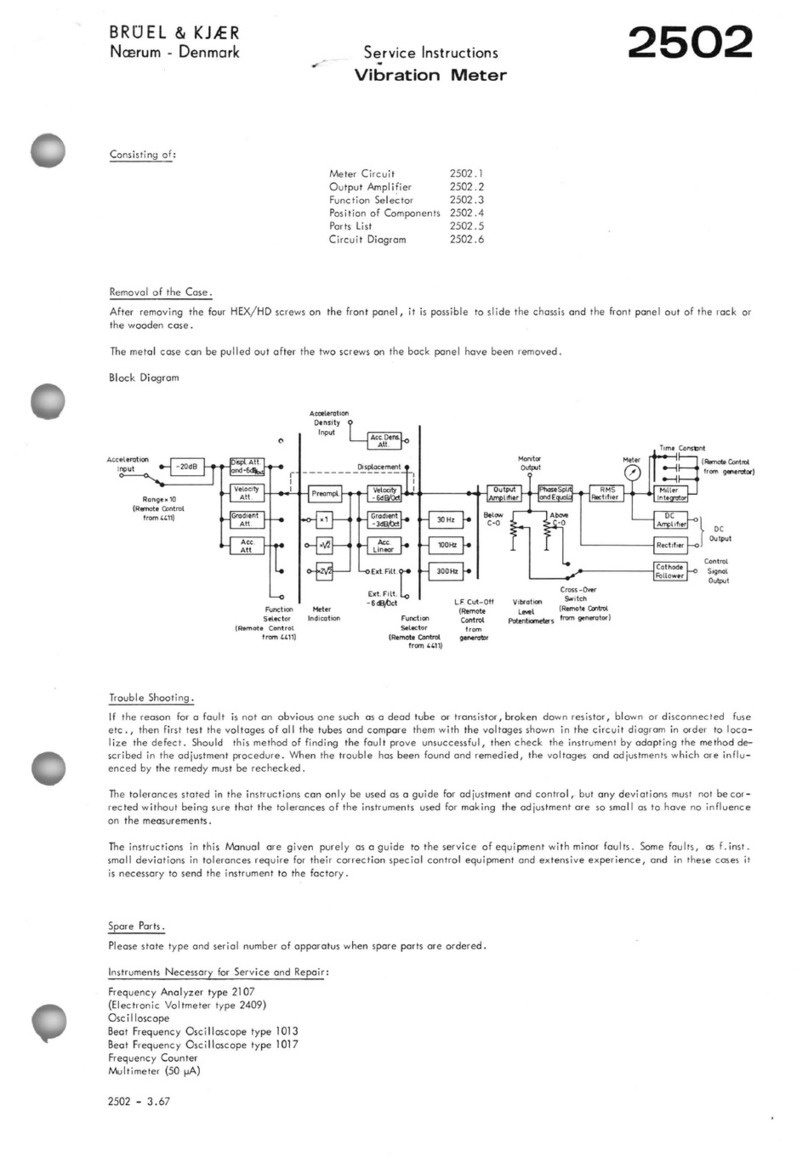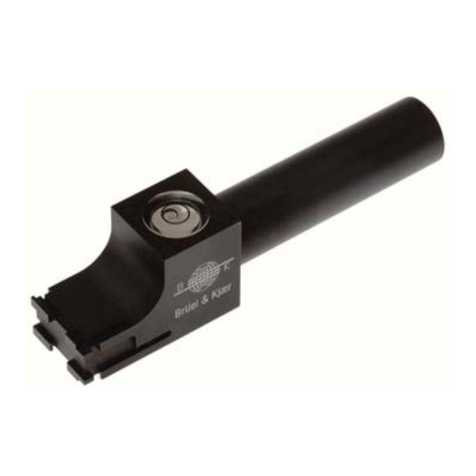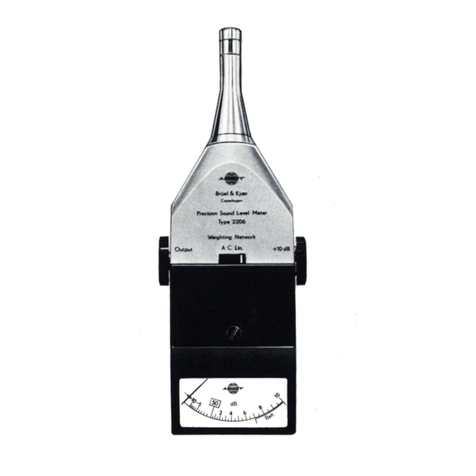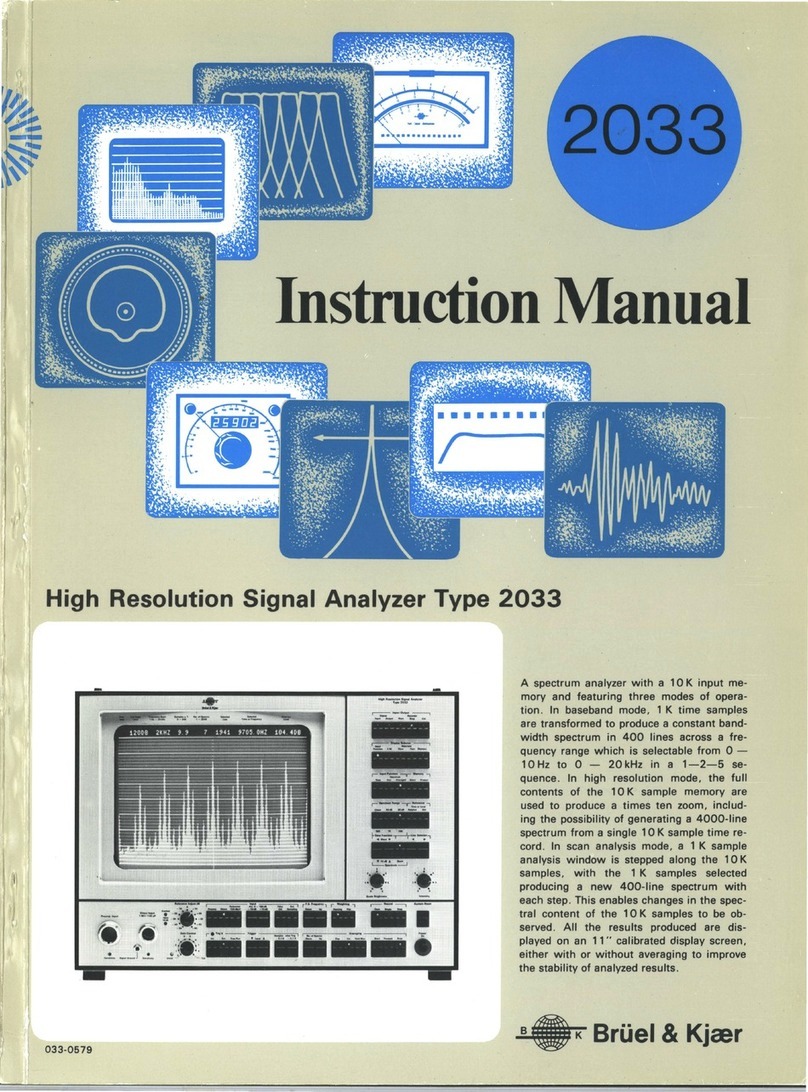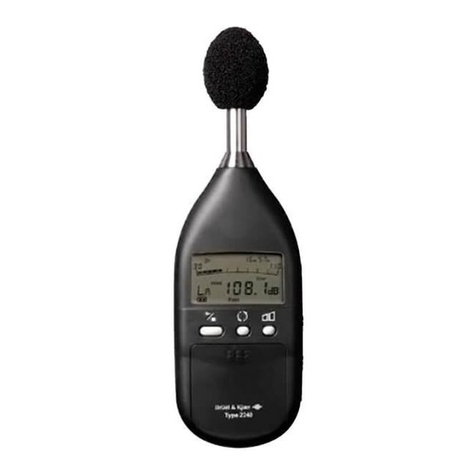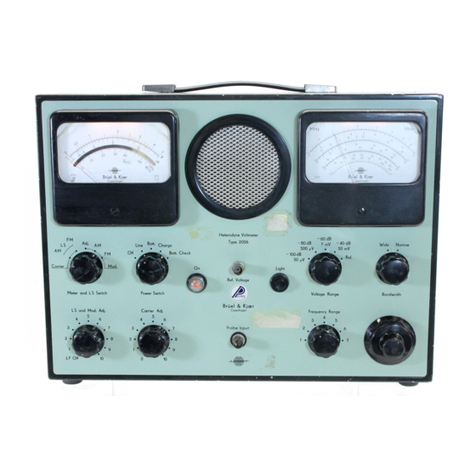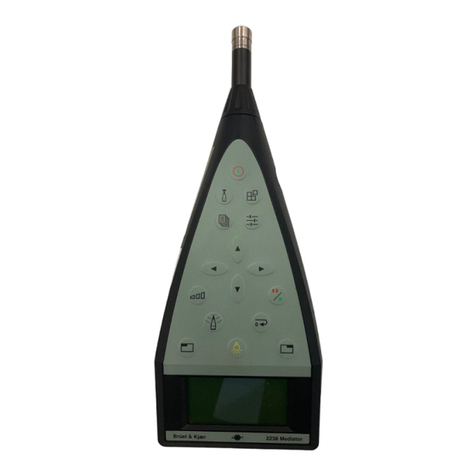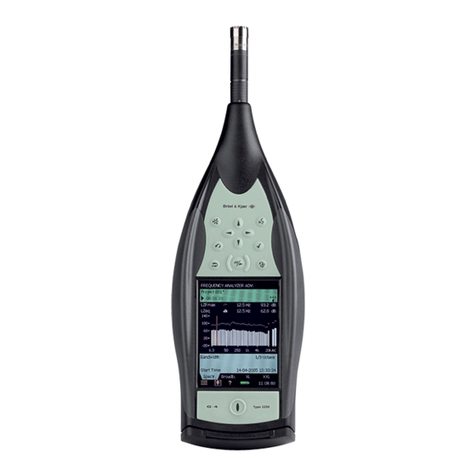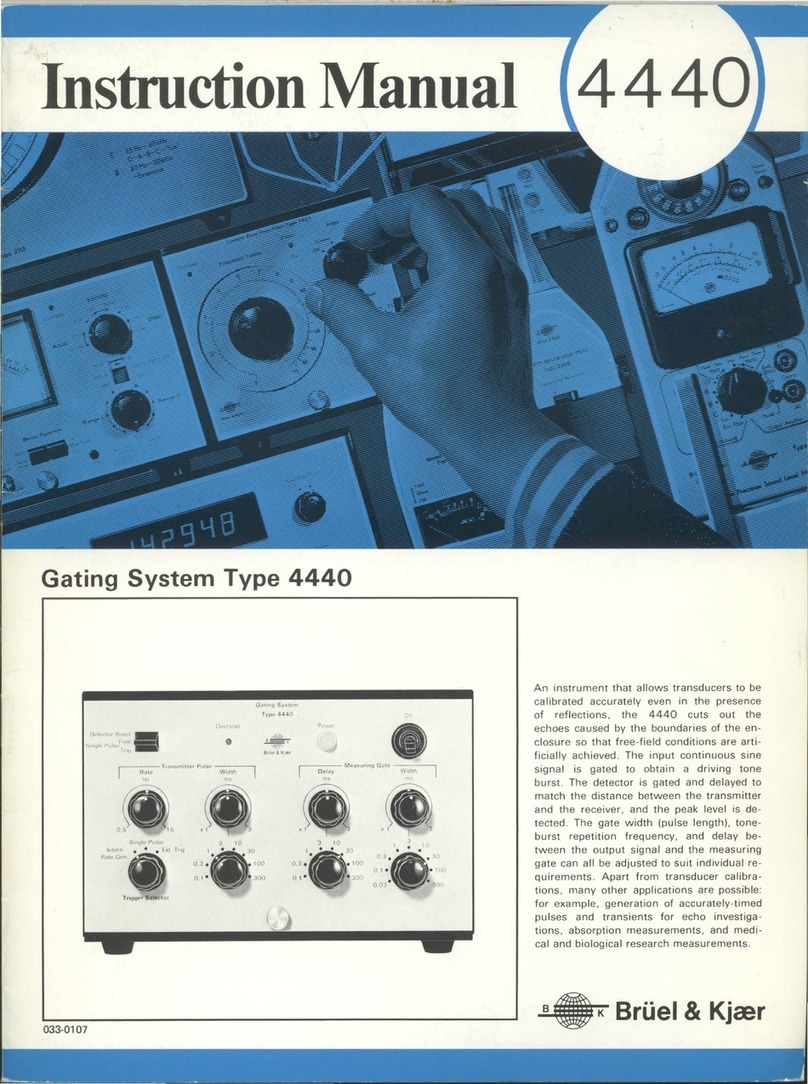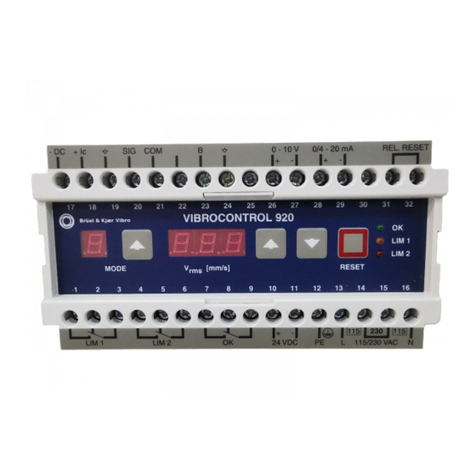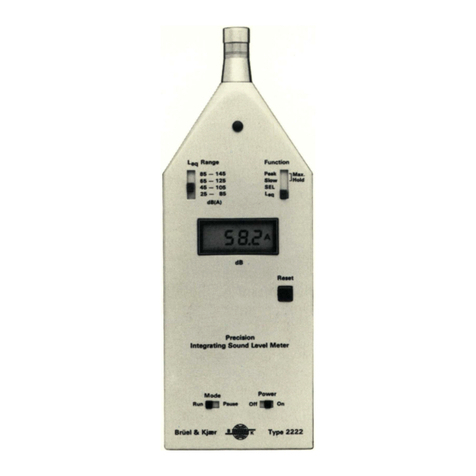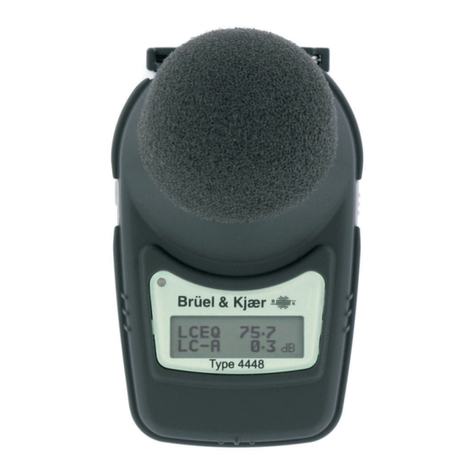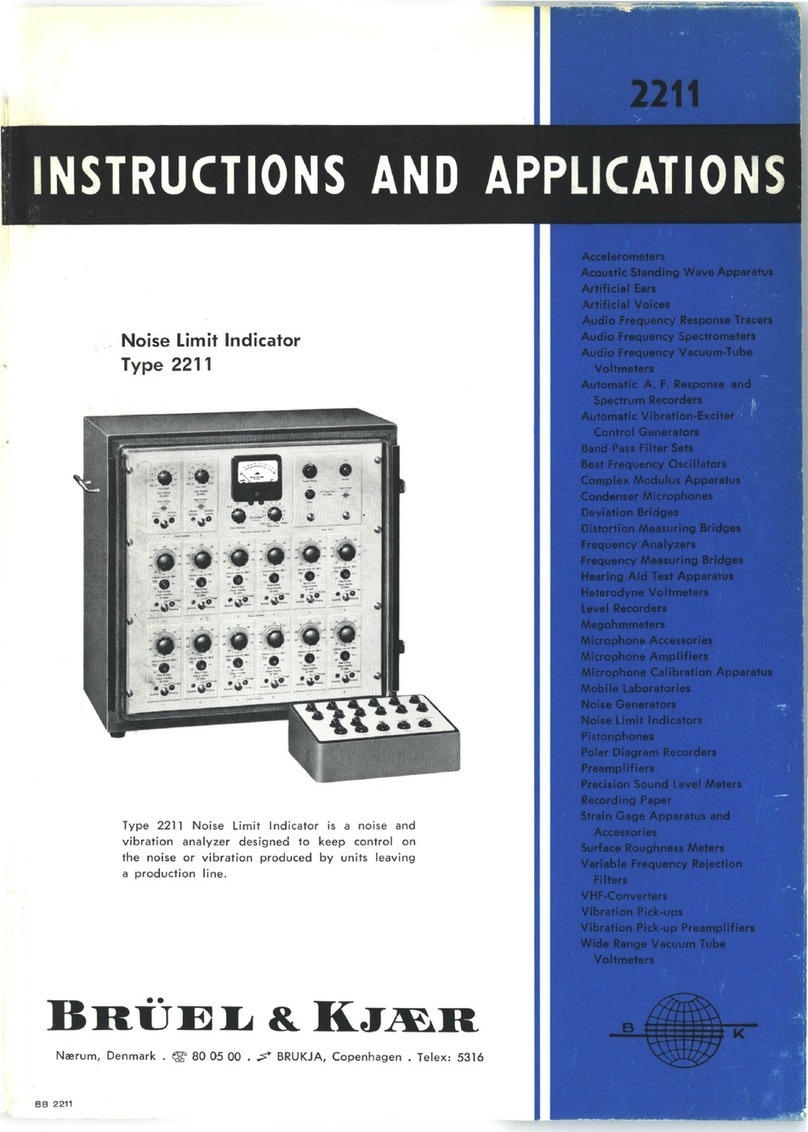
3.9.
ANALOG OUTPUT FROM THE
2031
..........................................................
43
Analog
Output
to a Level Recorder Type
2307
............................................
44
Analog
Output
to an
X-Y
Recorder Type
2308
..........................................
46
Exchange
of
the
Level Recorder and
X-Y
Recorder interfaces
......................
48
3.1
0.
USE
OF
AN EXTERNAL SAMPLING FREQUENCY
........................................
49
Use
of
the
Tracking Frequency
Multiplier
Type
1901
with
the
2031
.....
..
..
....
50
3.11.
RACK MOUNTING
OF
THE
2031
.................. .. ........................
..
....
..
..
.. ..
....
50
4.
DIGITAL
DATA
TRANSFER
AND
REMOTE
CONTROL
OF THE
2031
VIA
THE
IEC
INTERFACE
.....................................................................................................
52
4.1 .
IEC
FUNCTIONS IMPLEMENTED
.................
.
...............................................
52
4.2.
SELECTION
OF
ADDRESSES
.....................................................................
52
4.3.
CODES
FOR
ADDRESSING
2031
CONTROLS
..............................................
53
F.S. FREQUENCY
.....................................................................................
54
TRIGGER "Records a.
Trig."
.............................................
..
.......
................
54
AVERAGING
"No.
of
Spectra"
.
..................................................................
55
TRIGGER
''Level''
.............
..............................................
..
........................
55
INPUT
''Att
0-100
dB''
............................................................................
55
TIME FUNCTION
"Move"
...........................................................................
56
SPECTRUM GAIN
.....................................................................................
56
LINE SELECTOR
.......................................................................................
57
Other
Controls, Upper Front Panel
of
2031
.............................
.
...................
57
Other
Controls,
Lower
Front Panel
of
2031
.......................
..........................
58
Differences Between Remote and
Manual
Control
of
the
2031
..........
....
........
59
4.4.
REQUIRED FORMATS
FOR
DIGITAL INPUT
AND OUTPUT OVER
THE
2031
IEC
INTERFACE
...........................................
60
Mode#
0,
Digital
Input/Output
of
an ASCII Encoded Spectrum
......................
60
Mode#
1, Remote Setting
of
Pushkeys and
Output
of
Pushkey Settings
..........
61
Mode#
2, Digital
Input/Output
of
Time Function
..........................................
62
Mode#3.
Block Transfers MSBY-LSBY
to
and
from
the
2031
.......................
62
Mode#4.
ASCII Sensing
of
Pushkeys
.........................................................
63
Mode#
5, Digital
Output
of
2's
Complement Encoded
Spectrum
....................
64
Mode#
6, Block Transfers LSBY to and
from
the
2031
.................................
64
Mode#
7, Block Transfers MSBY
to
and
from
the
2031
................................
64
Mode#8,
Carry On Processing
......................................
.
...........................
64
Other
Input/Output
Modes,
Manual
Digital
Input/Output
.............................
65
Other
Input/Output
Modes,
Input
of
Alphanumeric
Text to
the
Display Screen
65
4.5.
USE
OF
INTERRUPTS
IN
2031
DATA TRANSFERS
.......................................
66
Read-out of
the
Time Function
with
Interrupt
Control
...................................
66
Read-out of
the
Complex Spectrum
with
Interrupt
Control
.............................
67
Read-out of
the
Averaged
or
Instantaneous
Spectrum
with
Interrupt
Control
.................................................................
67
4.6.
FORMATS USED
IN
BLOCK TRANSFERS
....................................................
68
Format
of
the
16-bit
Time Function
.........................................
.........
..........
68
Format
of
Complex Spectrum
.....................................................................
68
Format
of
Instantaneous Power Spectrum
...................................................
68
Format
of
Averaged
MS
Spectrum
..............................................................
69
Format
of
Spectrum Display
Buffer
.............................................................
69
Format of Reference
Memory
.....................................................................
70
Format of the
8-bit
Time Function
..............................................................
70
4.7.
SPEED
OF
DIGITAL INPUT AND OUTPUT
....................................................
71
